Inside Red Bull's DRS Advantage: The key to their F1 success in 2023
Red Bull's RB19 car design has left their competition puzzled. In this article, we explore the mysteries behind their ability to ride lower on straights and their massive advantage of the DRS.
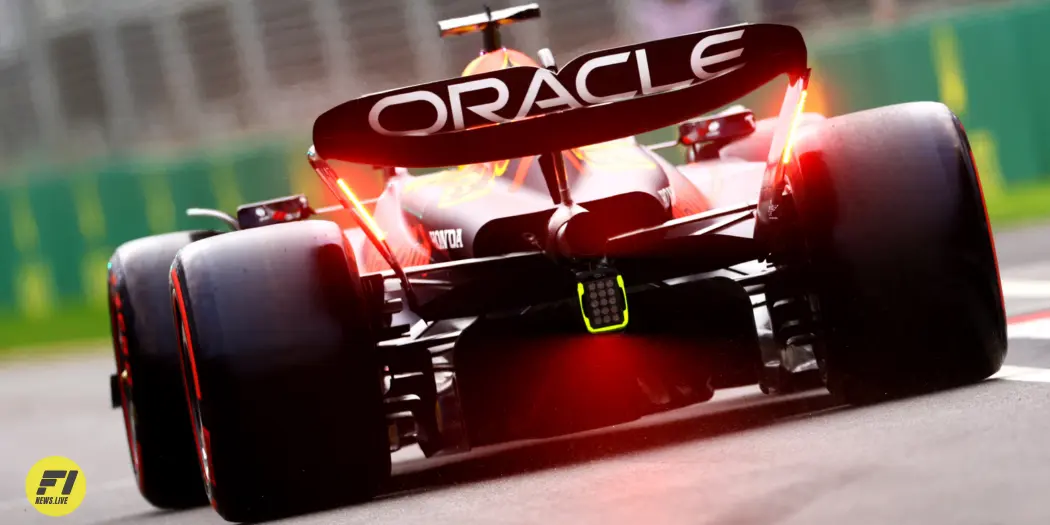
The Mystery of Red Bull's Low-Riding RB19
A recent article by AMuS explains that Red Bull RB19 is still a mystery to the competition.
They can see what Red Bull is doing, but they still don't understand how they are doing it. One of the mysteries of the RB19 is the ability to ride lower on the straights more than any other team.
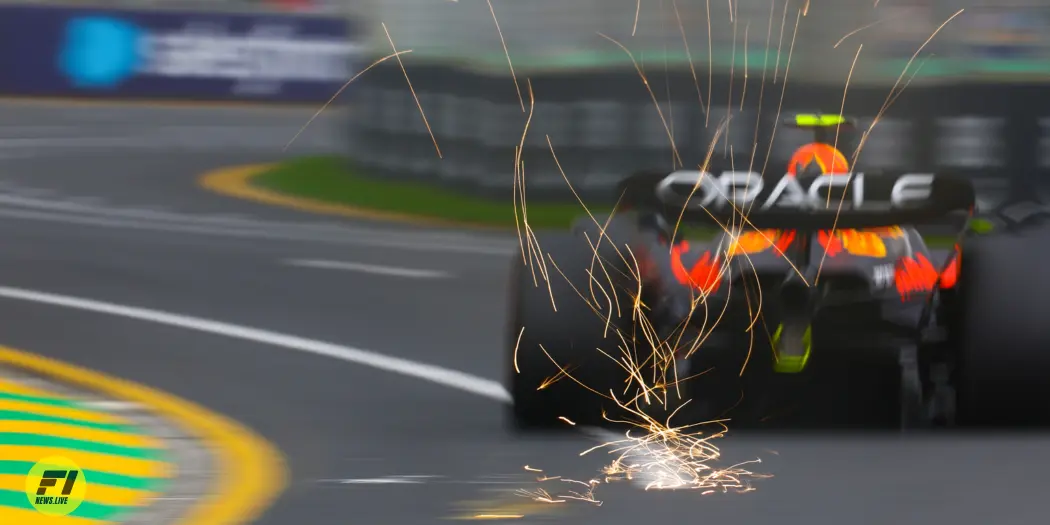
Even at relatively low speeds, the skid plank hits the asphalt and the opponents are wondering how the RB19 can do that without rubbing the plank more than the allowed millimeter during the race.
The RB19's low-lying design may be pushing the limits of wear on the skid plank, but the FIA has not raised any objections.
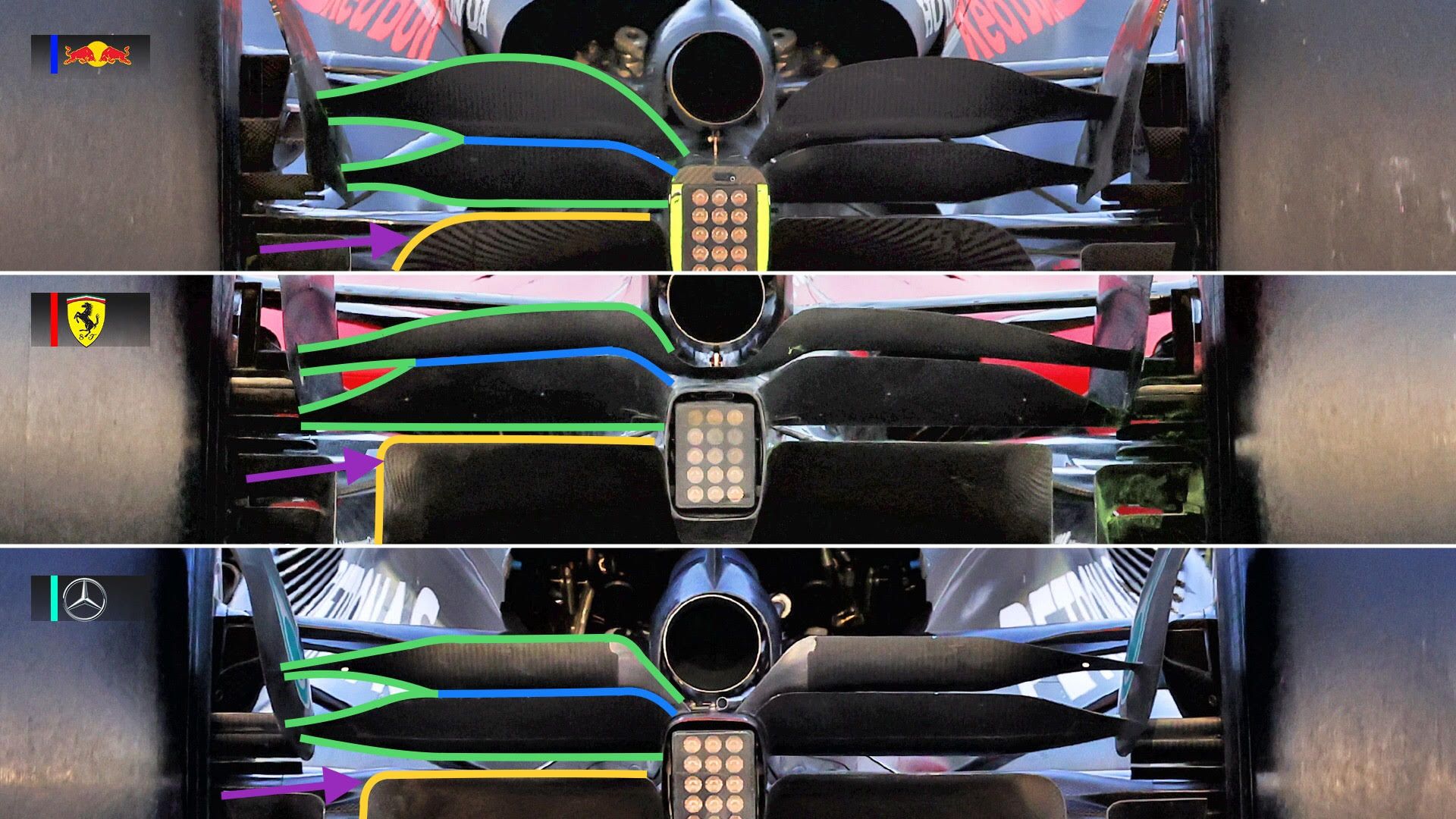
The competition needs to figure out what Red Bull is doing, especially when it comes to the fast corners.
If a car hits the ground too hard in those areas, it can cause an unstable driving behavior.
Red Bull is able to control the ground clearance in high-speed sections, ensuring a consistent downforce.
The Milton Keynes-based team is certainly ahead of its rivals when it comes to the suspension system.
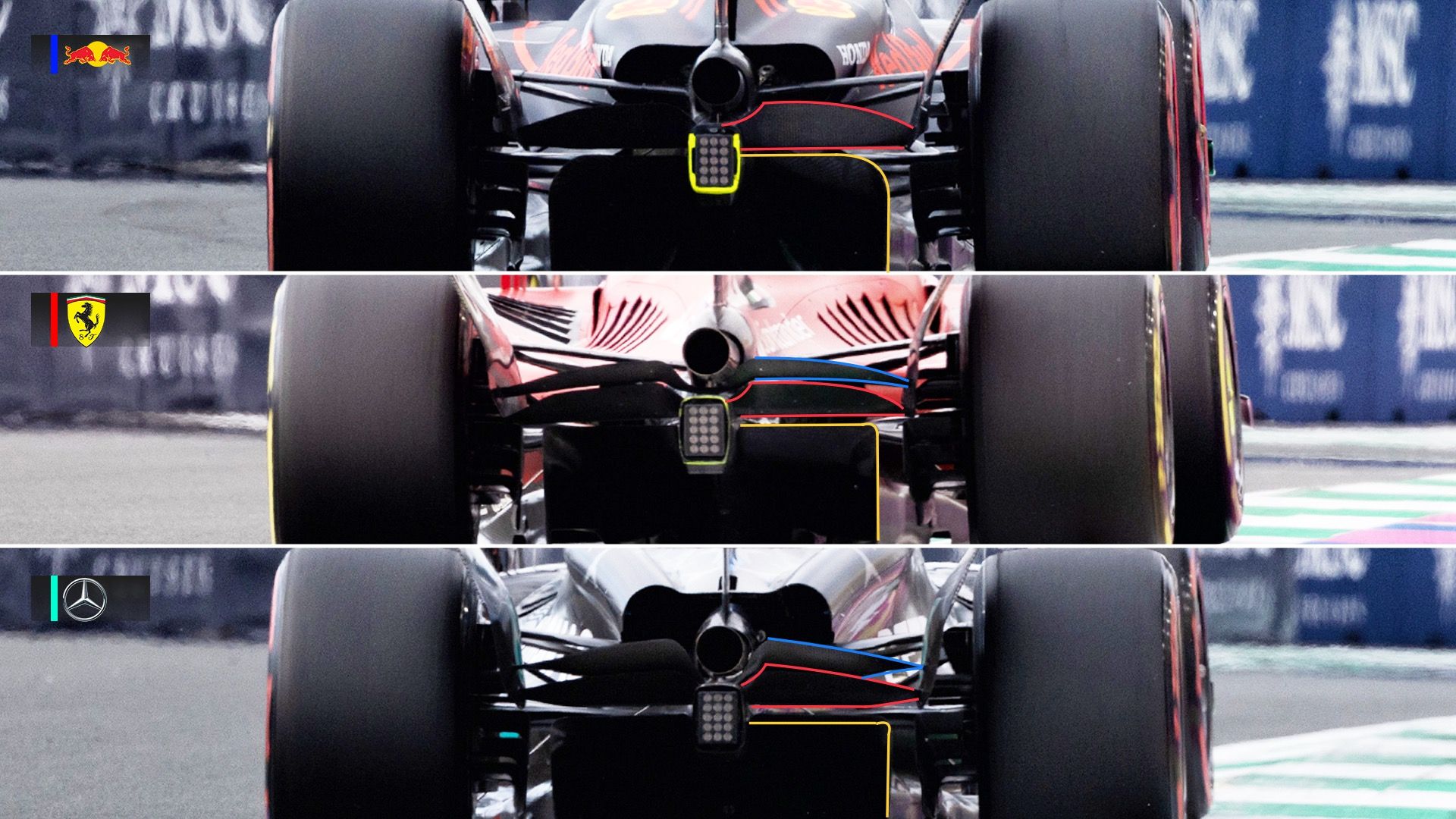
Aero and Mechanical Harmony
One of the reasons behind Red Bull's success is their ability to harmonize aerodynamics and mechanical systems in the RB19.
Their design approach focuses on creating a car that works well under all conditions and corner types, not just one that delivers peak downforce.
Red Bull integrates tire models into all design processes, emphasizing performance consistency over the race distance rather than just a single lap.
This has allowed them to address the tire heating issue that affected their qualifying performance in the early races.
DRS: The Key to Red Bull's Speed
Red Bull's mastery of the DRS is another crucial factor in their 2023 performance.
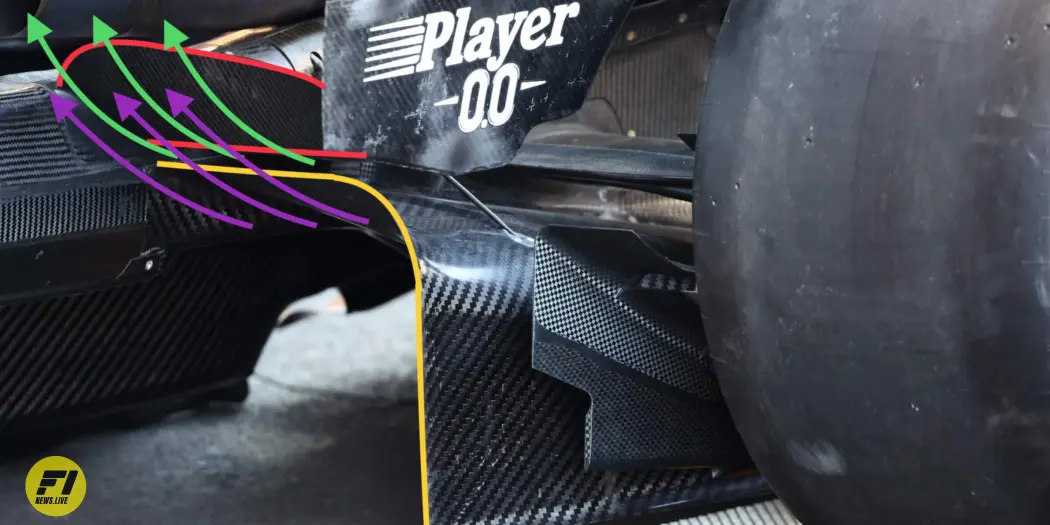
The team has managed to design the car's aerodynamics so that activating DRS automatically disturbs the airflow of the lower rear wing (Beam Wing) and the diffuser, causing them to lose downforce and drag.
When the wing reverts to its original position, the car regains the downforce that was lost due to the open DRS.
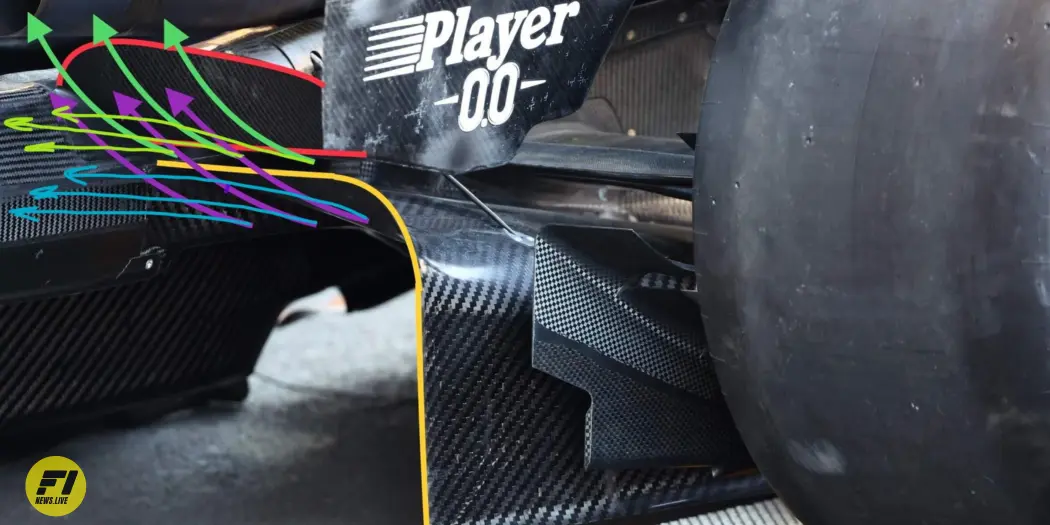
This aerodynamic setup has allowed Red Bull to extract the maximum performance from the DRS, gaining significant top speed compared to their rivals.
The high efficiency of Red Bull's aerodynamic package and the abundant downforce generated through the car's underfloor provide the team with numerous setup options.
Depending on the circuit requirements, the team can run with more or less rear wing angle.
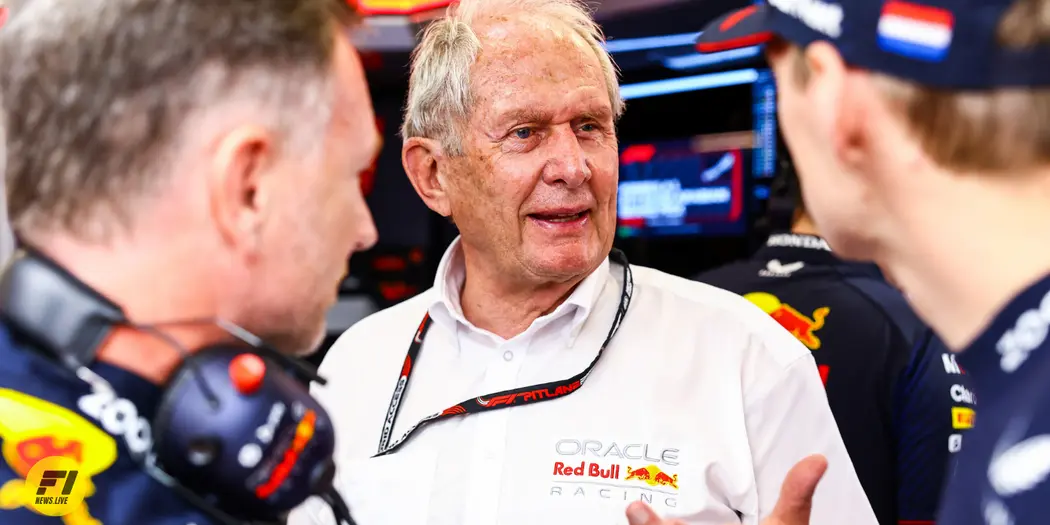
Sporting Director Helmut Marko confirmed that Red Bull would introduce new parts for the Azerbaijan Grand Prix, which should give the team an additional performance boost.
The Championship Outlook
As the season unfolds, Red Bull's rivals are still trying to decipher the technical secrets behind their success.
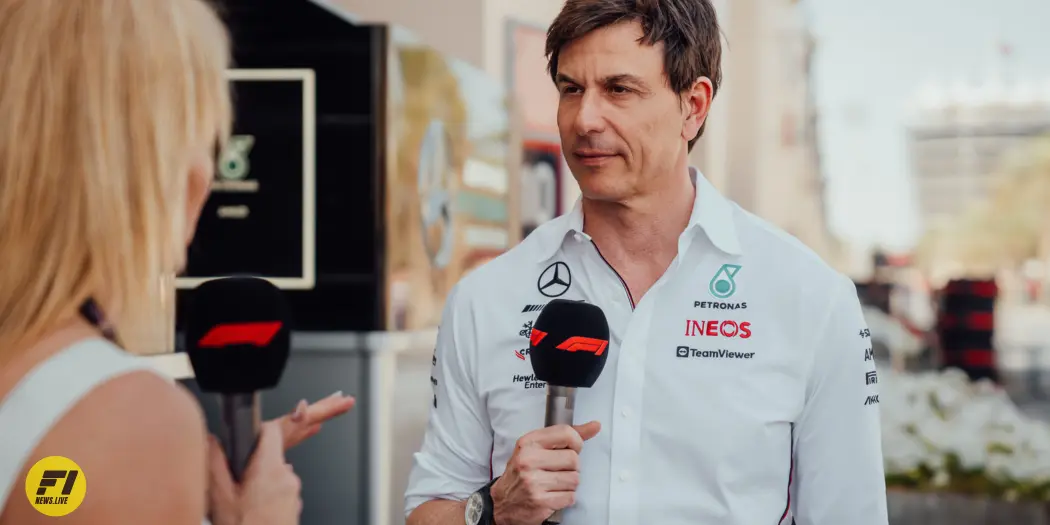
Mercedes team boss Toto Wolff praised Red Bull's performance, particularly when they used DRS:
"With a closed wing, we could hold them. When they use the DRS, their top speed is breathtaking."
As the competition continues to play catch-up, Red Bull's engineering mastery has provided them with a significant advantage in the 2023 Formula 1 season.
If they maintain this momentum, they could start focusing on the 2024 season early, mitigating the impact of the wind tunnel penalty that extends until October/November this year.
Only time will tell if Red Bull's rivals can close the gap and challenge their dominance.
But for now, it appears that the team from Milton Keynes has found the perfect formula for success in Formula 1.


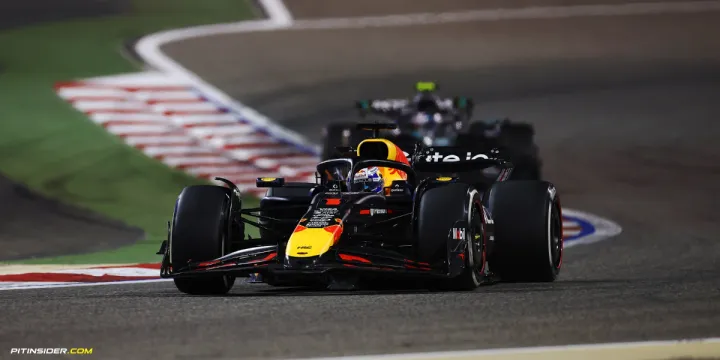


Comments ()